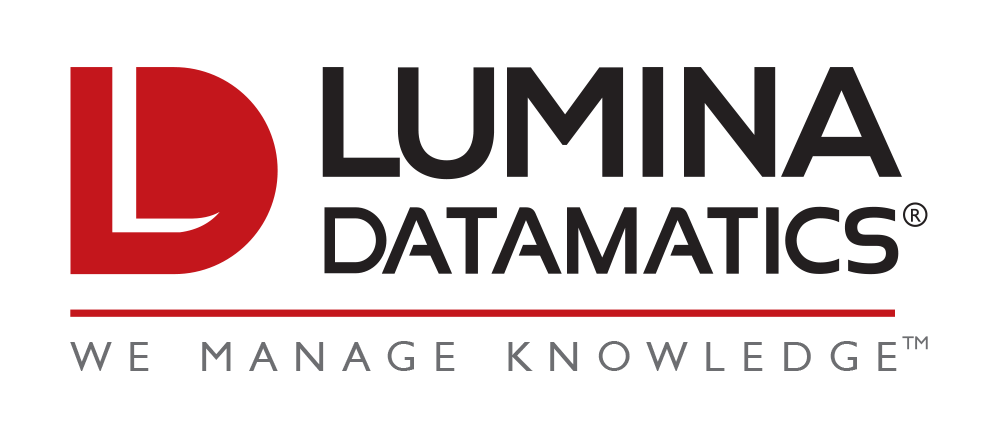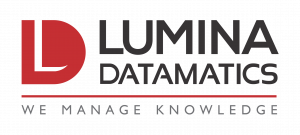When projects go well, is it because the project manager is hyper-focused on details and masterful with schedules? Is it because the subject matter experts who contributed are equally conscientious and especially strong in their fields? All of those elements are probably key, but keeping too narrow a focus on those types of core skills is risky. When we look at the areas that transcend these core competencies, we find that successful work is often rooted in a close alignment between vendor and client. Laura Hakala wrote earlier in this blog about the benefit of dismantling the client-vendor mentality in favor of a partnership mindset. This article looks more closely at the steps we take toward alignment and the way they strengthen our partnerships beyond the project level.
A Postmortem on Postmortems
Before we get too far, we’ll pat ourselves on the back for asking the questions that start this article—that is, for thinking about what went right and why that was. When a given project or engagement ends, there is a natural tendency to analyze the things that went wrong, digging into the root causes and planning actions we can take to avoid similar pitfalls in the future. However, it is often just as effective to probe the things that go right, even though it requires more discipline to do so. Postmortems that consider both the good and the bad are one of the steps we can take to ensure the type of vendor-client alignment mentioned above.
When alignment is not prioritized, a cycle that goes something like the following can occur:
- Vendor completes project.
- Client highlights any missteps that occurred.
- Vendor and client focus on those missteps, often to the exclusion of other achievements, and discussions focus on how to avoid them in the future.
- Negative feelings abound due to the focus on failure and the consistently one-way direction of the feedback.
The Importance of Multi-Directional Feedback
In contrast, a relationship that prizes alignment not only evaluates all work (both positive and negative) but also allows feedback to flow in both directions. This does more than provide vendors a voice: it creates a more holistic and objective set of data from which to move forward. When we have information coming from both ends of the partnership, we come to a better understanding of what happened and what we either need to replicate or change moving forward. And without such a system in a place, we end up with data that is one-sided and a relationship that is off-kilter—not the best foundation for future success.
“Mid”-Mortems?
Some call the type of analysis mentioned above a postmortem and some call it a retrospective, but either way the implication is that it takes place after a project wraps. When we spin this setup to reflect our ideas about vendor-client alignment, though, we find that it’s just as—if not more—valuable to complete “postmortems” midway through projects as at the end. It’s hard to consider ourselves in alignment unless we have open communication over the course of the project. One obvious benefit of this framework is that it allows participants to talk candidly about what’s going well or not well while the project is ongoing and there is still time to alter course if needed. But there’s a more subtle benefit here too: by giving vendors a voice of authority at this point in this project, we solidify the notion that the people on both side of the relationship are true partners, both invested in and responsible for the success of the project.
Building Up to Partnership
This is where we begin to make the connection between a vendor and client who are in alignment and a vendor and client who consider each other real partners. When we talk about alignment, we mean that the two parties are speaking the same language. They’re in agreement about their benchmarks for success and the definitions they use in their key performance indicators; they have a clear project transmittal and launch that help prevent project-altering questions from bubbling up midway through; they have shared expectations for the roles involved (for example, they agree on the level of review that a project manager will be doing for each deliverable); they share their training documentation with the other party for review and approval. The more open and transparent a vendor and client can be with each other in these areas, the better they’ll come to understand what each values—and the stronger foundation they’ll set for future work. All of these steps contribute to project success and all would fall under the “vendor-client alignment” umbrella we’ve created. But when they come together as a whole, with both parties recognizing that they’re responsible to each other for these steps along the way, the partnership mindset that unfolds ends up being more valuable than (or at least as valuable as) its parts.
If we take these steps toward alignment successfully, our trust for the other party grows. And as we begin to trust each other to be invested in the same goals and uninterested in taking sides, we’re freed to focus on the success of our work together. Core skills like meticulous project management and strong subject matter expertise (or copyediting, or composition, etc.) are crucial, but they won’t always get you across the finish line—or to the next project two, five, or ten years down the line. By taking steps toward alignment and establishing a system in which all voices are encouraged throughout the process, we can work toward true partnership.
Want to learn more about how the Lumina team can align with, partner with, and support your team? We want to hear from you! Email the Lumina team or learn more about Lumina Datamatics.





0 Comments